#bibliography
Note
sources on what you're reading about AI ma'am please
I already posted the bibliography on twitter but here it is again

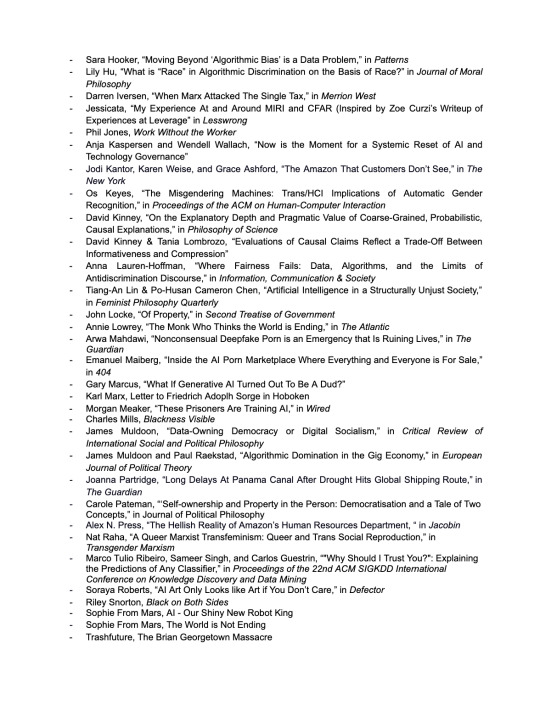

#philosophytube#philosophy tube#bibliography#yes i did read it all#favourite type of hater is the guy (and it's always a guy) who says I can't possible have read all these sources#Yes i did#no i don't have a team#yes i do all the research and writing myself#because i'm good at my job!#and because I care about doing it right!#that's why my patrons pay me da medium bucks baybeee
570 notes
·
View notes
Text

Uh oh! What happened here? Seems to be that there was a printing error that caused the typeset or page to slip/move while going through the printing press. What a cool find!
Found in our copy of Manuel du parfumeur (1825).
83 notes
·
View notes
Text

Remedios Varo isn't a very well-known painter by the general public yet, which is quite sad! To try to Remedy (!) this situation, I've selected and listed some studies - books, articles, thesis - about her work and life that are totally free and also available online. This is a link to keep and save. Click here to check books in Portuguese, English, and Spanish, in this order. (painting: Character, 1961)
.
Remedios Varo não é uma pintura tão conhecida pelo publico em geral, infelizmente. Para tentar remediar (!) essa situação, selecionamos aqui uma lista de estudos - livros, artigos, teses - sobre a vida e obra de Remedios Varo totalmente online e gratuita. Só clicar aqui e conferir livros em inglês, português e espanhol. (pintura: Personagem, 1961)
#remedios varo#surrealism#bibliography#art books#livros em pdf#livros gratis#free books#art#arte moderna#modern art#surrealist art#salvador dali#surrealismo#vanguardas europeias
235 notes
·
View notes
Text
A continuation of my Medusa post here.
Since people have been asking for links and sources about Medusa, I'll provide a little bibliography of various sources you can compare and debate about. Note that the bibliography about Medusa is even wider and bigger than the little samples I provide below, but I think they form a good "basic set" or "starting kit". (And I might have forgotten things, since I originally wrote my post unplanned and wasn't ready for it to blow up so much. I am just a tiny little blog that didn't get as much as seven likes on my biggest things you know Xp)
First of all, a resource that is fully available for free on Google Books: here, or here. It is called "Dangerous Beauties: Medusa in Classical Art", a Metropolitan Museum of Art Bulletin, published in the winter of 2017. Very beautiful and informative with lot of nice art. There's also more about the exposition tied to this publication here. There was another publication by the Metropolitan Museum that can be of some interest, Majorie Milne's "Perseus and Medusa on an Attic Vase".
When it comes to English-speaking books analysing and dissecting the Medusa myth, two works keep popping up everywhere. 2003's "The Medusa Reader", and Stephen Wilk's "Medusa: Solving the Mystery of the Gorgon". They do form references when it comes to the overview, analysis and evolution of the Gorgon figure. Other works of note include David Leeming's "Medusa in the Mirror of Time", and Thalia Feldman's "Gorgo and the Origins of Fear" (published within "Arion", I don't know if it had been published elsewhere). The Internet Archive has a free copy, right here, of Frederick Thomas Elworthy's "The Evil Eye: The Classical Account of an Ancient Superstition".
If you can read French, go read Jean-Pierre Vernant's works that tackled the Gorgon: "La mort dans les yeux: Figures de l'Autre en Grèce Ancienne", (Death in the eyes: Figures of the Other in Ancient Greece - explores the legends of the Gorgon and of Artemis) ; and his co-work with Pierre-Vidal Naquet "Mythe et tragédie en Grèce Ancienne" (Vernant did wrote in English a part of The Medusa Reader, the article "In the mirror of Medusa"). Jean Clair also wrote an interesting document: "Méduse. Contribution à une anthropologie des arts du visuel."
And finally, the cherry at the top, the Internet Archive even has a copy of the scholia (well, one of them), in which the old Pherecyde tales are described - the ones that make proof the idea of Medusa having been turned into a monster by Athena due to a crime of vanity and boasting is as old as the 5th century BC. It is right here. If you like to read Latin, go have fun.
(Shoutout to the people who asked for links and sources - which is absolutely normal and indeed much needed in this time of widespread misinformation and websites that can literaly invent Greek goddesses of torture out of nowhere
@60sec400 @fishlord-main @nouzillard @bigsnorp @gendermeh and probably others I forgot about
EDIT: adding @tanoraqui and @beanshery to the list)
75 notes
·
View notes
Text
When librarians and booksellers describe books, they often include a collational formula, a nightmarish collection of Roman and Greek letters, Arabic numerals, and all manner of subscript and superscripts. If you are interested in learning how to decipher collational formulas, then you may be interested in watching The Attack of the Collational Formula, a series of five videos produced by John Henry Adams, Joseph Sabo, and Caleb Ashlock in a joint project between Special Collections and the Digital Media and Innovation Lab. The project was funded by the Bibliographical Society of America.
The video series includes a basic introduction to bibliographic terms before covering format, collation, and signing in greater detail. Whether you want a refresher or are just getting started, why not check it out? You can find all five videos as a playlist at the BSA’s YouTube channel or you can follow the links below:
Introduction to the Collational Formula
Before the Colon: Fangs of Format
After the Colon: Collating the Beast
After the Colon: The Dreaded Parentheses
After the Dollar Sign: The Sinister Statement of Signing
#bookhistory#printing history#books#rare books#bibliography#mizzou#special collections#libraries#university of missouri#videos#john henry
20 notes
·
View notes
Text

Lew Thomas, Bibliography 3, (screenprint), 1977 [MoMA, New York, NY. © Lew Thomas]
#graphic design#typography#art#visual writing#bibliography#catalogue#catalog#book#lew thomas#moma#the museum of modern art#1970s
35 notes
·
View notes
Text

Liminal, les nouveaux espaces de l'angoisse, Alt236, Hoebeke (2023)
12 notes
·
View notes
Text

29/05
What my working week looks like
#personal#photography#vintage#quotes#coffeeblr#studyblr#books#bibliography#study motivation#study aesthetic#dark acedemia#coffee and writing#coffee aesthetic#vscogram#vscocam#working#teacher#english literature#literature teacher#romanticism#messy work desk#messy desk#chaotic moodboard#chaotic aesthetic
56 notes
·
View notes
Text
BIBLIOGRAPHY - “ANIME FOODIES: LAID-BACK CAMP THE MOVIE”

This is the bibliography for our entry in the Anime Foodies series of panels, “Anime Foodies: Laid-Back Camp The Movie”. The sources include not only places from which we garnered background of the food we were cooking, but also sources that helped us determine how to craft our own version of the recipes we were creating.
This is the second Anime Foodies panel which has a formal bibliography of sources. Those marked with double asterisks are regular sources we’ve used in all of the panels in the series and are a good starting point for anyone interested in Japanese food and its history.
Bibliography:
Afro. Laid-Back Camp. Vol. 6, Yen Press, 2019.
Afro. Laid-Back Camp. Vol. 7, Yen Press, 2019.
“Anethum graveolens L.” Royal Botanic Gardens Kew, https://powo.science.kew.org/taxon/urn:lsid:ipni.org:names:837530-1.
Baker, Liren. “Taco Rice: Okinawa Taco Rice” Kitchen Confidante, https://kitchenconfidante.com/taco-rice-okinawa-taco-rice.
“Braised Yuba (Tofu Skins) with Vegetables” Sunberry Jam, https://sunberryjam.com/braised-yuba-with-vegetables/.
“Buttered Beere 1588” Oakden, https://oakden.co.uk/buttered-beere-1588/.
“Dutch Oven Roast Chicken” Self-Proclaimed Foodie, https://selfproclaimedfoodie.com/dutch-oven-roasted-chicken/#wprm-recipe-container-33149.
“Dutch Oven Roasted Chicken with Vegetables” Camping Adventures, https://adventures.camp/dutch-oven-roasted-chicken-with-vegetables/.
“Finnish Salmon Soup (Lohikeitto)” Skinny Spatula, https://skinnyspatula.com/salmon-soup-lohikeitto/.
Friesen, Katy June. “Where Did the Taco Come From?” Smithsonian Magazine, https://www.smithsonianmag.com/arts-culture/where-did-the-taco-come-from-81228162/.
Greg. “Hot Buttered Rum 2 Ways AND Fat Washing! | How to Drink.” YouTube, uploaded by How To Drink, 23 Nov. 2019, https://www.youtube.com/watch?v=cCbEwyntSCM.
“Hokkaido Salmon Hot Pot (Ishikari Nabe) 石狩鍋” Just One Cookbook, https://www.justonecookbook.com/salmon-hot-pot/.
“Hoto Noodle Soup from Yamanashi ほうとう” Just One Cookbook, https://www.justonecookbook.com/hoto-noodle-soup-yamanashi/#wprm-recipe-container-79243.
“Hōtō Noodle Soup (Hōtō Nabe)” RecipeTin Japan, https://japan.recipetineats.com/hoto-noodle-soup-hoto-nabe/.
“Houtou (ほうとう)” Food in Japan, https://www.foodinjapan.org/kanto/yamanashi/houtou/.
“How to make Houtou – Yamanashi local speciality noodle dish recipe” Japanese Cooking Class Tokyo, https://japanesecookingclasstokyo.wordpress.com/2014/01/03/how-to-make-houtou-yamanashi-local-speciality-noodle-dish-recipe/.
“How to Make the Best Tempura 天ぷら” Just One Cookbook, https://www.justonecookbook.com/tempura-recipe/.
Hua, Charlie. “Kiritanpo: Trying out one of Akita’s local specialties” Japan Travel, https://en.japantravel.com/akita/kiritanpo/55809.
“Hypomesus olidus” FishBase, https://fishbase.de/summary/Hypomesus-olidus.html.
“Hypomesus olidus” Integrated Taxonomic Information System – Report, https://www.itis.gov/servlet/SingleRpt/SingleRpt?search_topic=TSN&search_value=162031#null.
**Ishige, Naomichi. The History and Culture of Japanese Food. London, Kegan Paul Limited, 2001.**
“"Ishikari" Salmon Hot Pot (Ishikari nabe)” NHK World – Japan, https://web.archive.org/web/20201101192650/https://www.nhk.or.jp/dwc/food/recipe/kyou_12310.html.
“Ishikari Nabe Recipe (Salmon and Miso Hot Pot in Hokkaido)” Cooking With Dog, https://cookingwithdog.com/recipe/ishikari-nabe/.
“Japan-Mexico Relations (Basic Data)” Ministry of Foreign Affairs of Japan, https://www.mofa.go.jp/region/latin/mexico/data.html.
“Kiritampo Nabe (Rice Stick Hot Pot)” NHK World, https://web.archive.org/web/20180318093216/http://www.nhk.or.jp:80/dwc/recipes/detail/138.html.
“Kiritanpo (きりたんぽ)” Food in Japan, https://www.foodinjapan.org/tohoku/akita/kiritanpo/.
Laid-Back Camp. Directed by Yoshiaki Kyougoku. C-Station, 2018.
Laid-Back Camp Season 2. Directed by Yoshiaki Kyougoku. C-Station, 2021.
Laid-Back Camp The Movie. Directed by Yoshiaki Kyougoku. C-Station, 2022.
Miller, Max. “Making 400 Year Old Buttered Beere.” YouTube, uploaded by Tasting History with Max Miller, 10 Mar. 2020, https://www.youtube.com/watch?v=ZlMhZvOX2ps.
“Motsunabe” Japanese food style, https://jpnfood.com/recipe/meat/motsunabe.
“Motsunabe: How to Eat and the Best Restaurants in Fukuoka” Savor Japan, https://savorjapan.com/contents/discover-oishii-japan/motsunabe-how-to-eat-and-the-best-restaurants-in-fukuoka/.
“Motsunabe recipe もつ鍋” The Japanese Food Lab, https://thejapanesefoodlab.com/motsunabe/.
“Motsunabe (もつ鍋)” Food in Japan, https://www.foodinjapan.org/kyushu/fukuoka/motsunabe/.
“Okinawa Taco Rice and Cheese (Cafe Style)” Sudachi Recipes, https://sudachirecipes.com/okinawa-taco-rice/.
“Okinawa Taco Rice (Video) タコライス” Just One Cookbook, https://www.justonecookbook.com/taco-rice/.
“Recipe of Speedy Lightly Flavored! Hakata-style Motsunabe (Offal Hot Pot) with Soy Sauce Based Soup” Ground-Skillet, https://ground-skillet.web.app/734-recipe-of-speedy-lightly-flavored-hakata-style-motsunabe-offal-hot-pot-with-soy-sauce-based-soup/.
“Salmon Hot Pot (Ishikari Nabe)” RecipeTin Japan, https://japan.recipetineats.com/salmon-hot-pot-ishikari-nabe/.
“Salmon Soup” Happy Foods Tube, https://www.happyfoodstube.com/salmon-soup/.
Sam. “Aburi Technique for Fish” Chef Epic, https://chefepic.com/aburi-technique-for-fish/.
“Seared Salmon Sushi (Aburi)” Cooking with Cocktail Rings, https://cookingwithcocktailrings.com/seared-salmon-sushi-aburi/.
**Singleton Hachisu, Nancy. Japanese Farm Food. Kansas City, Andrews McMeel Publishing, 2012.**
**Singleton Hachisu, Nancy. Preserving the Japanese Way. Kansas City, Andrews McMeel Publishing, 2015.**
“【Smelt Tempura】 How to make Smelt tempura With technical explanation to stand fins” YouTube, uploaded by 逢禅天ぷらチャンネル / AIZEN TEMPURA CHANNEL 1 Oct. 2020, https://www.youtube.com/watch?v=H3KTXNGGAL4.
“Soy Milk Hot Pot 豆乳鍋” Just One Cookbook, https://www.justonecookbook.com/soy-milk-hot-pot-tonyu-nabe/.
“Taco Rice (タコライス)” No Recipes, https://norecipes.com/okinawa-taco-rice/.
“Tentsuyu” Oishi Washoku Recipes, https://www.oishi-washoku-recipes.com/tentsuyu.
“‘Tentsuyu’ (Tempura Dipping Sauce)” Hiroko’s Recipes, https://www.hirokoliston.com/tentsuyu-tempura-dipping-sauce/.
Turkell, Michael Harlan. “Foil Yaki Is the Best” Taste, https://tastecooking.com/foil-yaki-best/.
U.S. Fish and Wildlife Service. Wakasagi (Hypomesus nipponensis): Ecological Risk Screening Summary. 8 Nov. 2019, https://www.fws.gov/sites/default/files/documents/Ecological-Risk-Screening-Summary-Wakasagi.pdf.
“What is the “King Tacos” which is loved by Okinawan?” Okinawa Labo, https://okinawa-labo.com/en/okinawa-taco-rice-1966.
**Wondrich, David. Imbibe! From Absinthe Cocktail to Whiskey Smash, A Salute in Stories and Drinks to “Professor” Jerry Thomas, Pioneer of the American Bar. Updated and Revised Edition. New York City, TarcherPerigee, 2015.**
“〆まで美味しい ごま豆乳鍋つゆ ストレート” Mizkan, https://www.mizkan.co.jp/product/group/?gid=07101.
“簡単タコライス” Lettuce Club, https://www.lettuceclub.net/recipe/dish/22978/.
“王道タコライス” Delish Kitchen, https://delishkitchen.tv/recipes/196315721972580774. “簡単!すぐ出来!タコライス レシピ・作り方” Kurashiru, https://www.kurashiru.com/recipes/80ca4e93-29d6-422a-8168-cf409ac46d23.
#nos anime#camping food#camping#food#laid back camp#yuru camp#anime#anime foodies#anime food#yurucamp#laid back camp the movie#anime bibliography#bibliography
28 notes
·
View notes
Text

Although many people know Leonora Carrington's work, she remains kind of a niche artist. To tackle this and try to make her life and art much more known, we've made up a list of some studies - books, articles and dissertations - about Leonora Carrington's career. All the list is of stuff you can find online and for free. A real treat for art lovers and Carrington fans.
Click here and check it out. The links are organized by language: Portuguese, English, Spanish. In the end of the list, there's another one only about works and studies that approach Leonora's art in comparison with other artists' art. (painting: Leonora's Drue)
.
Compilamos uma lista com artigos e dissertações sobre a vida e a obra da artista Leonora Carrington. Composta de trabalhos acadêmicos disponível online de maneira gratuita. A lista está organizada por idioma sendo o primeiro português, depois inglês e espanhol. Confira aqui! (Quadro: Drue, feito por Leonora em 1992).
#bibliografias#bibliography#online books#leonora carrington#women painters#mulheres pintoras#mulheres artistas#surrealism#surrealismo#mexican painters#livros online
16 notes
·
View notes
Text
Well I have decided to create a bibliography for The American Icarus: Volume I (and subsequent volumes in the series). Is TAI a piece a fiction and therefore doesn’t really need one? Yeah. Am I making this for my own satisfaction, and for the one in like a hundred people that may be curious as to what sources I used and would like to see some of the behind-the-scenes of my writing process? Yeah. But also I just love the look of full citations with hanging indents it’s just so satisfying to look at. But I’m an introverted history major so who’s surprised? No one should be.
If anybody wants to see it when completed I’d be happy to share :)

#I am such a fucking nerd help#the american icarus#TAI#amrev#alexander hamilton#writers on tumblr#american history#writing community#historical fiction#bibliophile#bibliography#amwriting#the american revolution#fiction writing#historical research#historical alexander hamilton
8 notes
·
View notes
Text
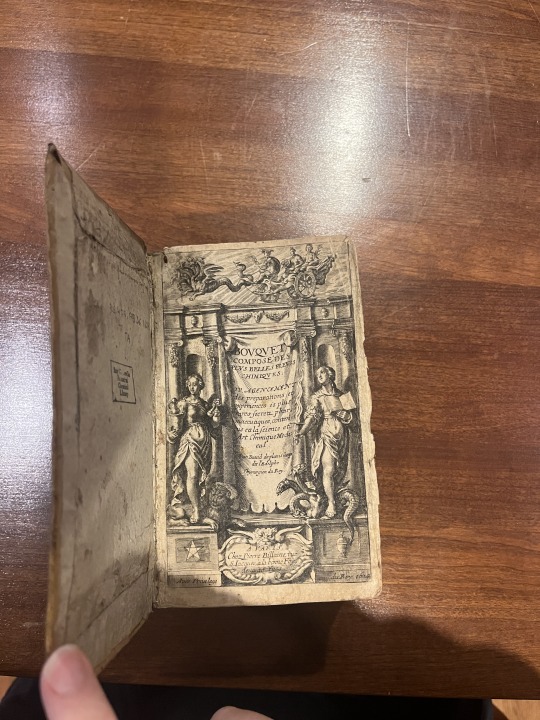
Title page Tuesday!
This elaborate engraved title page is found in our copy of Bouquet composé des plus belles fleurs chimiques (1629) by David de Planis Campy
#title page#title page tuesday#rare books#old books#engraved title page#bibliography#materia medica#botany#othmeralia
8 notes
·
View notes
Text
Dubois' bibliography: Fairy books (1)
I talked a LOT before of Pierre Dubois, his famous "Fairy/Elf/Lutin Encyclopedias", his collections of fairytales, and so forth and so on. And yes we have to agree that he has a very free, inventive, poetic style when it comes to retelling the various myths and legends surrounding the fair folk and other supernatural beings. As such, while his books are very entertaining and very beautiful, they are not to be used as a serious research material and can be quite misleading between Dubois' personal inventions, crafted genealogies and fictional history of "Elfland"...
BUT the wonderful and very pleasant thing with Dubois is that at the end of each of his Encylopedias he leaves us with a complete bibliography of all the books he used when writing them. I have rarely stumbled upon such complete bibliographies about the "fair folk", "good neighbor", petit peuple" and so forth, and while it goes a bit beyond what this blog is about (fairy tales proper), I still thought of sharing some of it here because my Dubois posts were all here.
Now, I can't share the entirety of the bibliography because it would be too big. However what I will share is all the books Dubois placed in his bibliography... in English. Indeed, Dubois reads the English and as such a good chunk of his bibliography is English-speaking (there are also some Spanish, Italian and German books in his lists). As such, if you are an English speaker you can easily go check these texts. (Note, this comes from his bibliography of his "Encyclopedia of Fairies", so that we stay within the "fairy tale" theme of this blog)
Tolkien's On Fairy-Stories
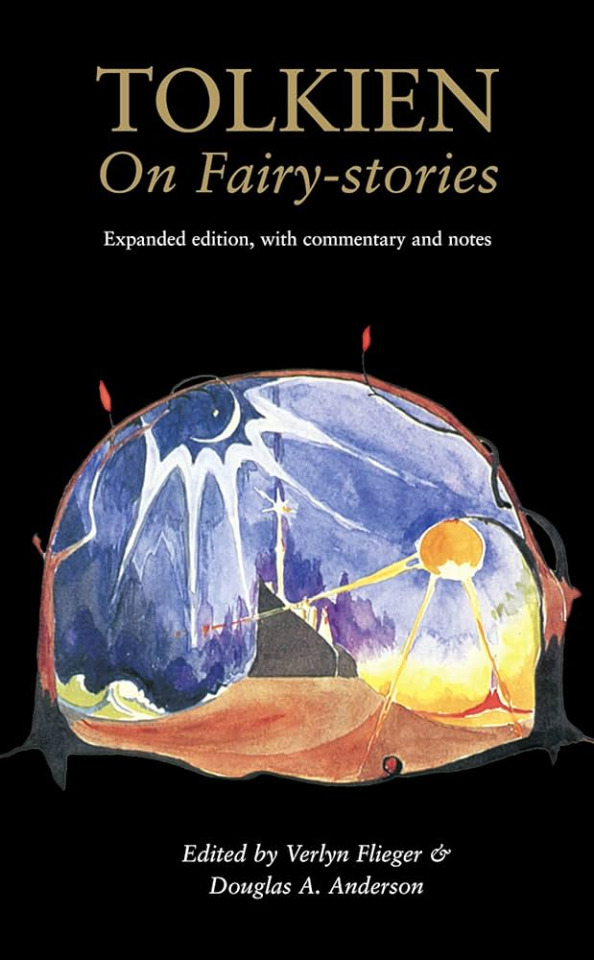
Beatrice Phillports, Mermaids
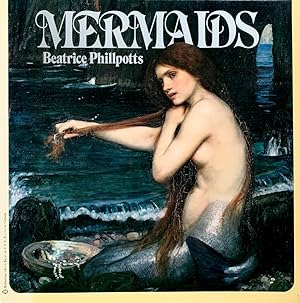
Richard Carrington, Mermaids and Mastodons

Gwen Benwell and Arthur Waugh, Sea Enchantress
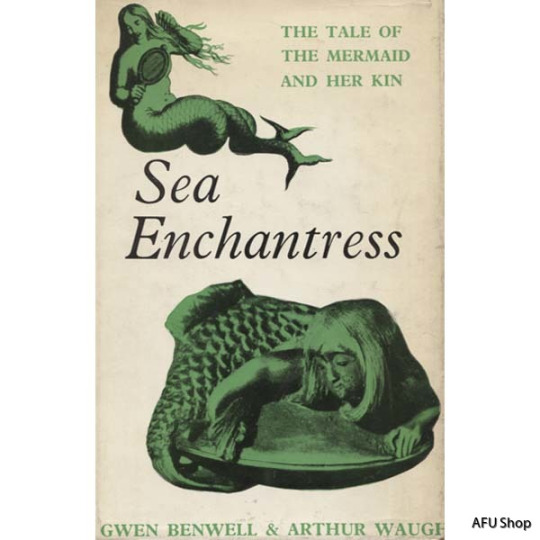
The Lost Gods of England, Brian Branston

Wilfrid Bonser, A bibliography of folklore

Masaharu Anesaki, Japanese Mythology (also known as the History of Japanese Religion)

F. J. Child, The English and Scottish Popular Ballads

Moncure Daniel Conway, Demonology and Devil Lore

T. C. Croker, Fairy Legends and Traditions of the South of Ireland
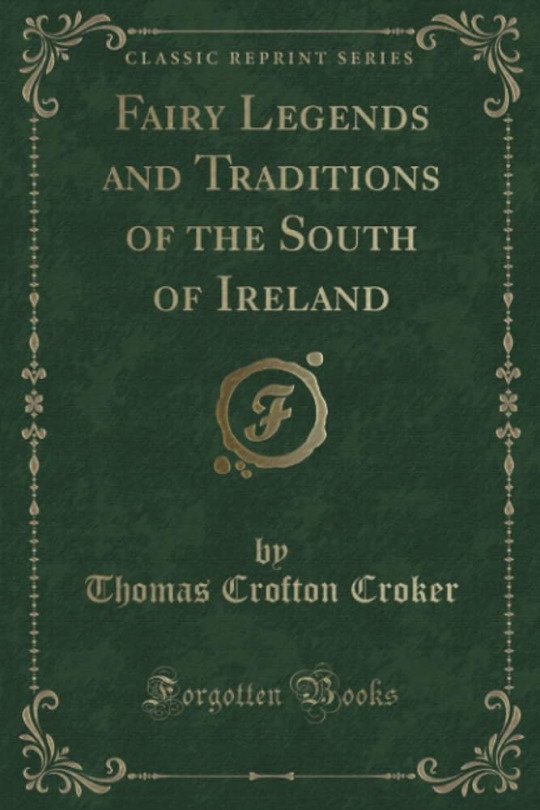
N. Belfield Dennys, The Folklore of China [The book has the very unfortunate subtitles "and its affinities with that the Aryan and Semitic races", but it was written in the 19th century so...)

David Crockett Graham, Songs and Stories of the Ch'uan Miao

Thomas Keightley, The Fairy Mythology
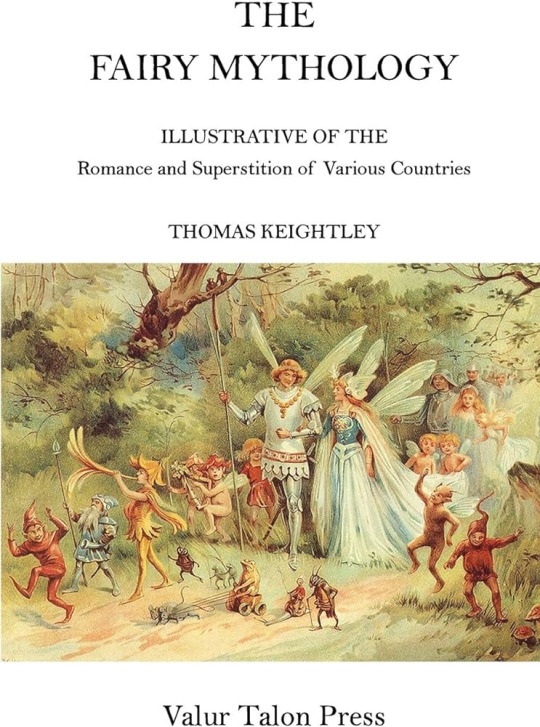
P. Kennedy, Legendary Fictions of the Irish Celts

John Rhys, Celtic Folklore: Welsh and Manx

Sir George Webb Dasent's translation of Popular Tales from the Norse

The Norse Myths (as rewriten by Crossley)
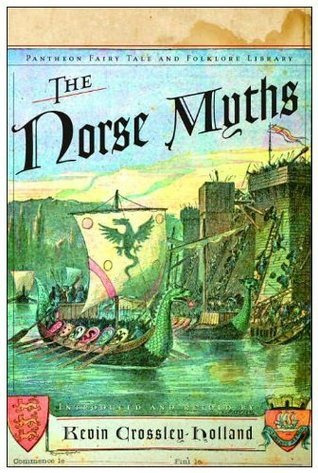
Delaporte Press' Great Swedish Fairy Tales, illustrated by John Bauer

Inger and Edgar Parn d'Aulaire, D'Aulaire's Trolls (also known as D'Aulaire's Book of Trolls)
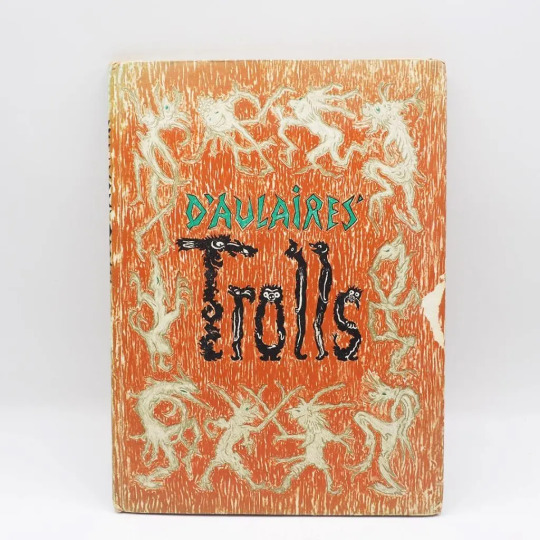
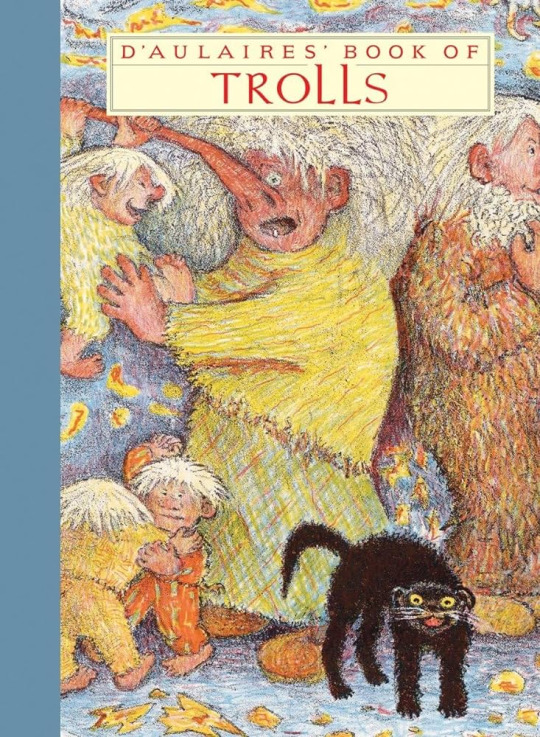
The Florence Ekstrand edition of Theodore Kittelsen's Norvegian Trolls and Other Tales
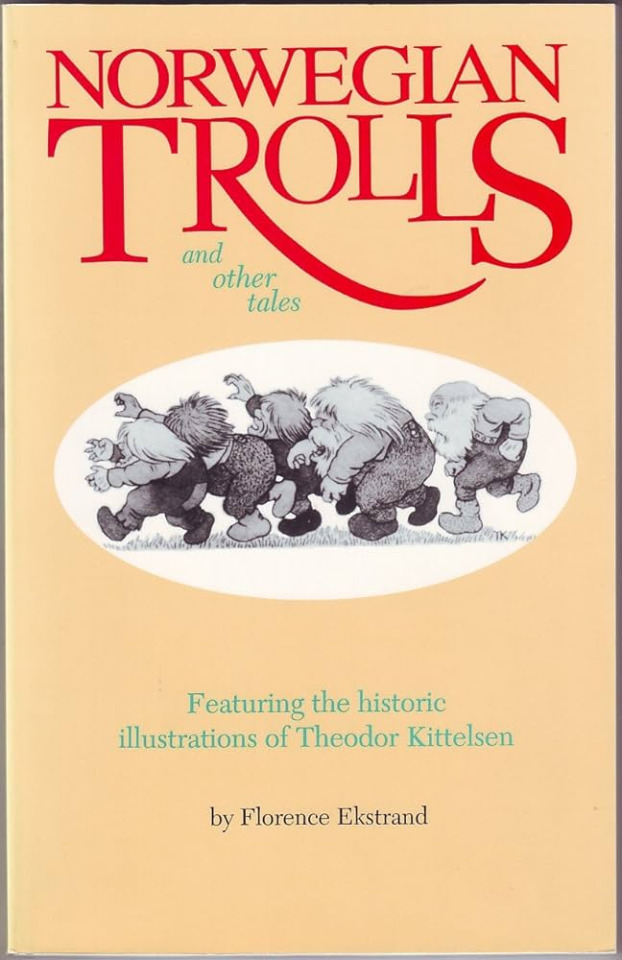
G. Fox, The Archaeology of the Cambridge Region

Edward L. Gardner, Fairies

M. Geoffrey Hodson, The Kingdom of the Gods

Sir Arthur Conan Doyle, The Coming of the Fairies
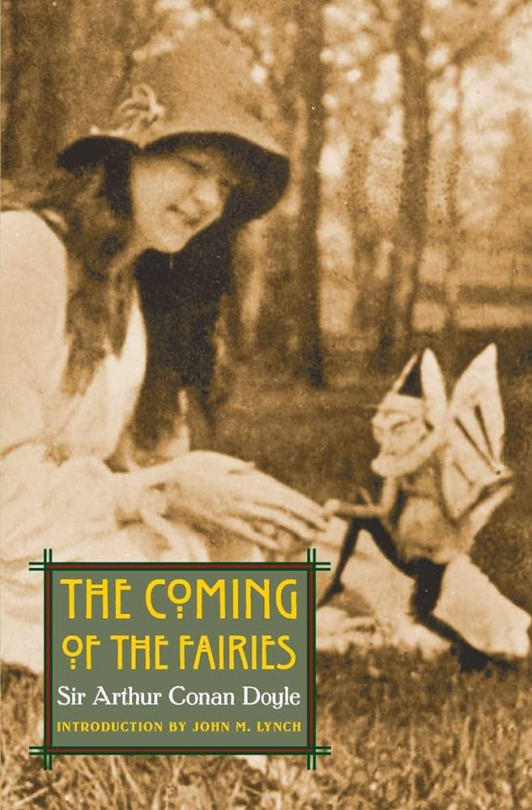
Walter Burkert, Ancient Mystery Cults

Sabine Baring-Gould, Curious Myths of the Middle Age
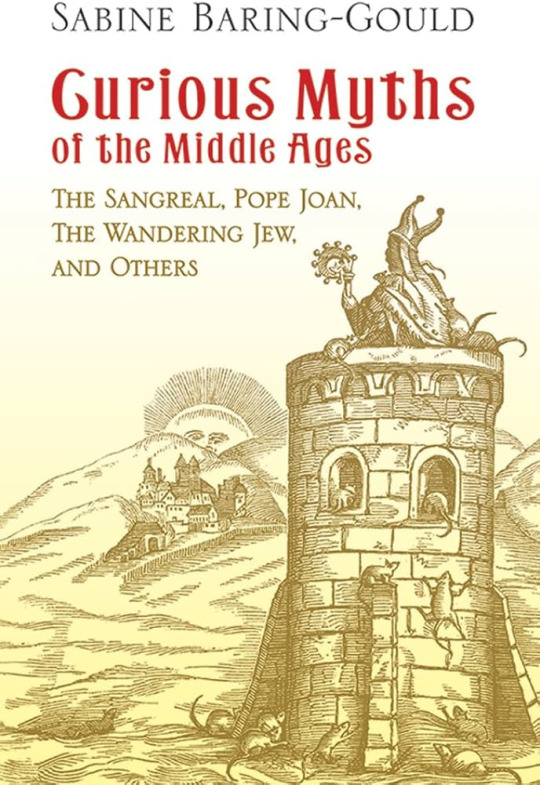
#pierre dubois#bibliography#book list#resources#fairy tales#fairytales#book resources#mythology#folklore#folklores#fairies#fairy#fairy book#mermaids
12 notes
·
View notes
Text
Ancient Athenian wedding resources
I was so tired and done with the post last night (missed it? click to read) that I completely forgot to add the bibliography. So here it is, in a different post.
Bibliography for the post:
Hersch, Karen Klaiber, ed. A Cultural History of Marriage in Antiquity. Bloomsbury Publishing, 2021.
Oakley, John Howard, and Rebecca H. Sinos. "The wedding in ancient Athens." Wisconsin Studies in Classics; University of Wisconsin, 1993
Rehm, Rush. Marriage to death: the conflation of wedding and funeral rituals in Greek tragedy. Princeton University Press, 1994.
Margariti, Katia. "The Greek Wedding outside Athens and Sparta: The Evidence from Ancient Texts." Les Études Classiques 85.4 (2018).
Recommended reading for the stuff I couldn't fit in:
Hague, Rebecca H. "Ancient Greek wedding songs: the tradition of praise." Journal of Folklore Research (1983): 131-143.
Abulashvili, Medea. "The Mystical Plot of Greek Wedding Songs." PHASIS 12 (2009): 7-13.
McNeil, Lynda. "Bridal cloths, cover-ups, and kharis: the ‘carpet scene’in Aeschylus’ Agamemnon." Greece & Rome 52.1 (2005): 1-17.
14 notes
·
View notes
Text
My favorite source notes in The Invention of the Restaurant: Paris and Modern Gastronomic Culture by Rebecca L. Spang
One recent analysis argues that Mayeux, though a “deformed dwarf,” was a “hero of the people”
It is unclear whether the murder of a lingerie merchant by her lover, a Russian servant, happened in a cabinet or in the restaurant’s main salon
Carême, by far the most famous chef and cookbook author of the first half of the nineteenth century, prefaced his books with calls for martyrdom; no sacrifice was too great for the chef’s art
The invasions of 1814-1815 had been “disastrous from the perspective of glory” but nonetheless very profitable
The utopian socialist Charles Fourier had offered a “scientific” perspective on this ideal, arguing that when humanity progressed from the state of “Civilization” to that of “Harmony,” the polar icecaps would melt and fill the oceans with lemonade.
The police also kept Napoleon up to date on conditions in the fan industry
Another of the Almanach’s rare ventures in recipe publishing concluded: “one would eat one’s own father if he were prepared with this sauce,”
The little old lady who followed the First Consul everywhere in the hope of inviting him to dinner
Even a recent, generally friendly, biographer writes of Louis’s “huge size which, if nothing else, was to make him such a remarkable king”
Although the first anniversary of Bonaparte’s coup had not been declared a state holiday, it had nonetheless been spontaneously celebrated by “the fatherland’s real friends”
The numerous turn-of-the-century singing societies have yet to find their historian
The seesaw was a staple of post-revolutionary French political imagery. It was especially common in depictions of the physically slight Napoleon and the bulky Louis XVIII
Physicians claimed that unqualified persons, in reading about diseases, would start to see all the symptoms in themselves. The Gazette de santé decried inexpensive medical dictionaries as “just so many swords in the hands of fools” and reported a case of “cholera induced by reading popular medical books,”
The Swedish monarch was often praised for his sagacity in outlawing copper cookware.
De Jaucourt, author of this article, cites Homeric heroes as dietary role models
An article in the Encyclopédie also made it clear that semen had to be directly replaced with nourishment
He explains, “They are for a financier who is going to do his rounds through the provinces. Can a man of his importance put up with the horrible soups they serve in inns?”
Fights might erupt over other tastes as well; for one over salad dressing
The Marquis de Brunoy famously squandered his inheritance on tinting a river black and dressing his gardeners, cooks, and other servants in lavish, gold-braid-festooned costumes, while he himself dressed in rags
#The Invention of the Restaurant: Paris and Modern Gastronomic Culture#Rebecca L. Spang#Spang#The Invention of the Restaurant#restaurants#napoleonic era#napoleonic#history#Paris#France#french history#napoleon#napoleon bonaparte#first french empire#french empire#19th century#bibliography#notes#citations#gastronomy#culinary#food#restaurant#1800s#culinary history
7 notes
·
View notes
Text

Paul Valéry, Livres, [part of Petit recueil de paroles de circonstance (1926)], Translation by Mark Hutchinson and Michael Caine, Typeset by Michael Caine, La Fontaine Charlemagne, Paris, 2006, Edition of 50 numbered copies on Vélin d’Arches mouldmade paper
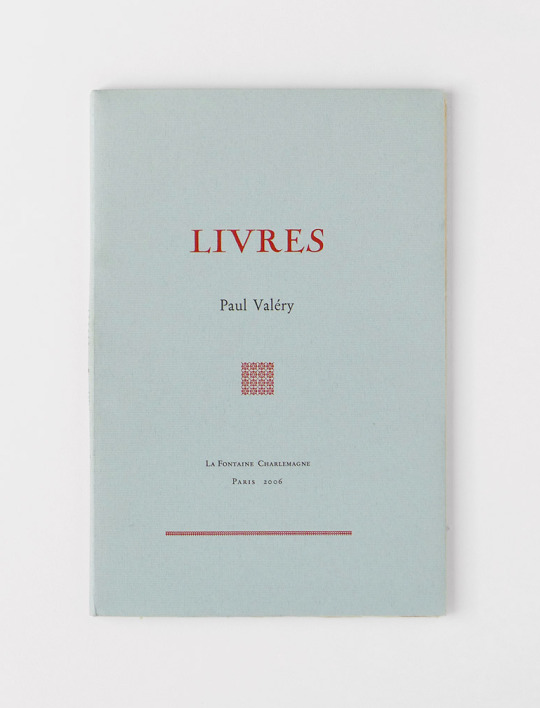

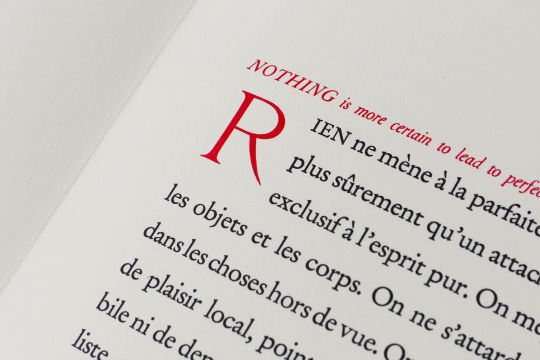
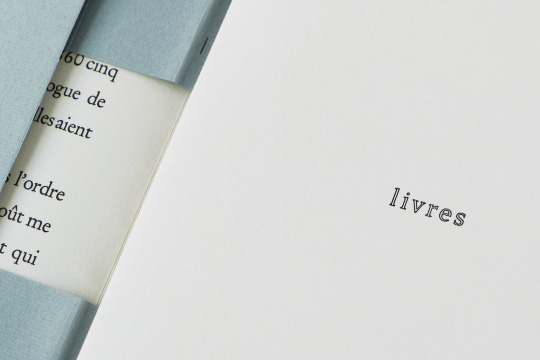



#graphic design#typography#poetry#bibliography#book#cover#book cover#paul valéry#mark hutchinson#michael caine#la fontaine charlemagne#cerisaie#2000s
25 notes
·
View notes